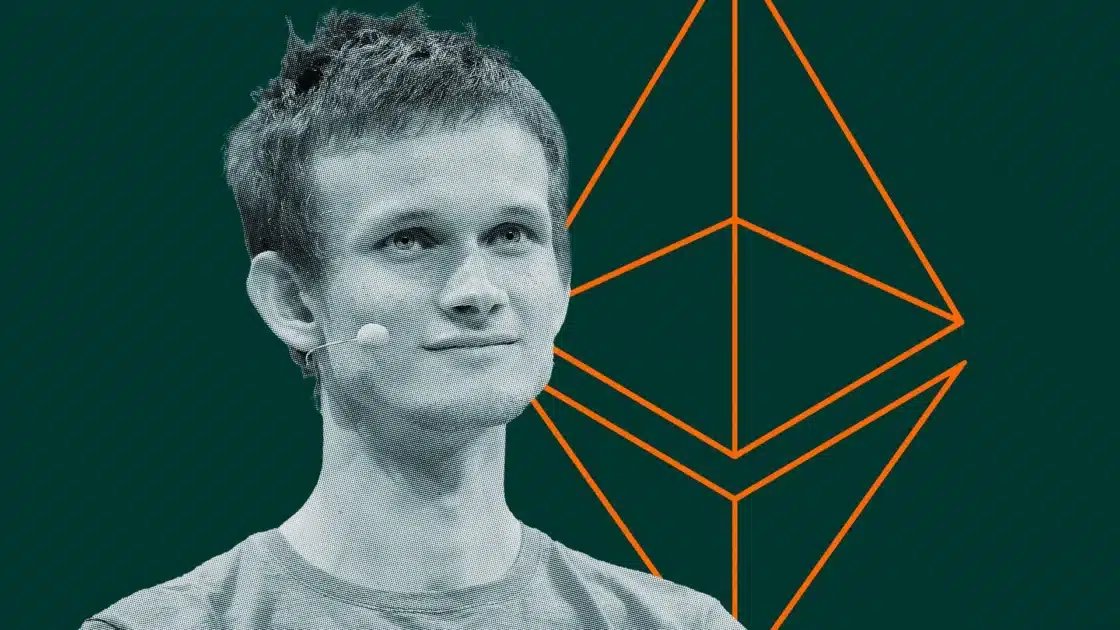Zero-Trust Databases: Redefining the Future of Data Security
In an era where digital breaches continue to escalate in cost and frequency, the need for stronger security models has never been greater. Sayantan Saha, a researcher in advanced computing and data protection, explores how zero-trust database systems are reshaping the landscape of information security. His work emphasizes practical innovations that balance rigorous protection with operational efficiency.
The Rise of Zero-Trust Philosophy
For decades, database security has depended on a perimeter-based model: once inside, users were implicitly trusted. This approach proved inadequate as insider threats and credential compromises became widespread. Zero-trust flips the paradigm, enforcing a “never trust, always verify” principle. Every query, interaction, and access attempt must be authenticated and authorized dynamically, significantly reducing risks from both external intrusions and insider misuse.
Multi-Layered Authentication Beyond Passwords
One of the defining innovations in zero-trust databases is the use of multi-factor authentication (MFA) for queries. Research highlights dramatic reductions in breaches when organizations adopt MFA, especially when integrating token-based credentials and biometric checks. For example, fingerprint authentication boasts 99.98% reliability with negligible false acceptance rates, making it one of the most effective defenses against privilege escalation. Device-based authentication and contextual checks like analyzing login location and time further ensure that only verified endpoints can interact with sensitive systems.
Fine-Grained Controls with Data Masking
Zero-trust systems also excel in implementing data masking and granular access controls. Instead of offering broad visibility, access is limited to only the data necessary for a specific role or task. This minimizes exposure, with studies showing a 94% reduction in data leakage incidents when masking and fine-grained controls are applied. Techniques like row-level and column-level security prevent cross-tenant risks in multi-database environments, while just-in-time access provisioning ensures permissions expire as soon as they are no longer required.
Query Provenance: Tracing Every Interaction
Another major innovation lies in query provenance and transaction verification. By maintaining immutable, cryptographically validated audit trails, organizations achieve unprecedented accountability. Every database query can be traced back to a specific user or service, creating transparency and ensuring compliance. Advanced implementations use blockchain-inspired distributed ledgers to make tampering virtually impossible, with detection accuracy exceeding 99%. Real-time monitoring powered by machine learning further enables suspicious queries to be flagged in minutes instead of months.
Intelligent Automation for Compliance
Managing compliance with complex data regulations is often resource-heavy. Zero-trust systems introduce AI-driven compliance automation, reducing administrative burdens while strengthening oversight. Automated documentation can cut audit preparation times by over 90%, while machine learning algorithms detect anomalies far faster than human-led reviews. Continuous policy validation further eliminates “compliance drift,” ensuring that access controls remain aligned with regulatory expectations
Balancing Security with Performance
Critics of zero-trust often point to the potential performance overhead caused by continuous verification. Indeed, early implementations introduced latency, but advances in cryptographic acceleration and AI-based optimization have addressed these concerns. Optimized systems now operate with a median overhead of just 4.2%, with caching and risk-based verification strategies ensuring that security and speed can coexist harmoniously
Applications Across Industries
From safeguarding patient health records to protecting billions of social media interactions, zero-trust has demonstrated tangible benefits. In healthcare, it has cut reportable breaches by nearly 87% while improving clinical data access times. In data-heavy sectors like social platforms, it prevents mass scraping, enforces message privacy, and deploys adaptive rate-limiting to block malicious activity without hindering legitimate use.
Looking Ahead
The innovations driving zero-trust databases underscore a profound shift in digital philosophy: trust must be earned continuously, not assumed. As sectors from healthcare to finance adopt these measures, organizations gain not only resilience against attacks but also greater compliance agility and operational confidence.
In conclusion, Sayantan Saha’s research reminds us that zero-trust is not just a technical framework but a cultural transformation in how we approach security. It represents a future where every interaction is accountable, every access is justified, and every piece of data is protected with rigor and intelligence.
:::info This story was authored under HackerNoon’s Business Blogging Program.
:::
\
You May Also Like

Nexstar Pulls ‘Jimmy Kimmel Live!’ From ABC Over Charlie Kirk Comments

Why did ZK crypto’s price climb by 162% within 48 hours?

